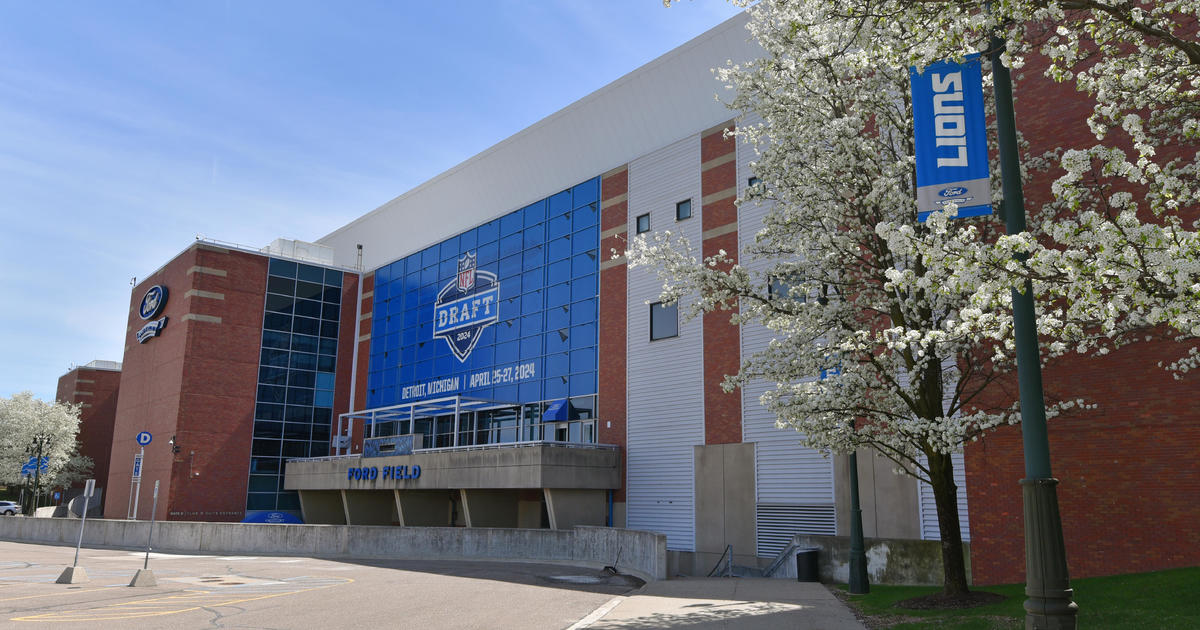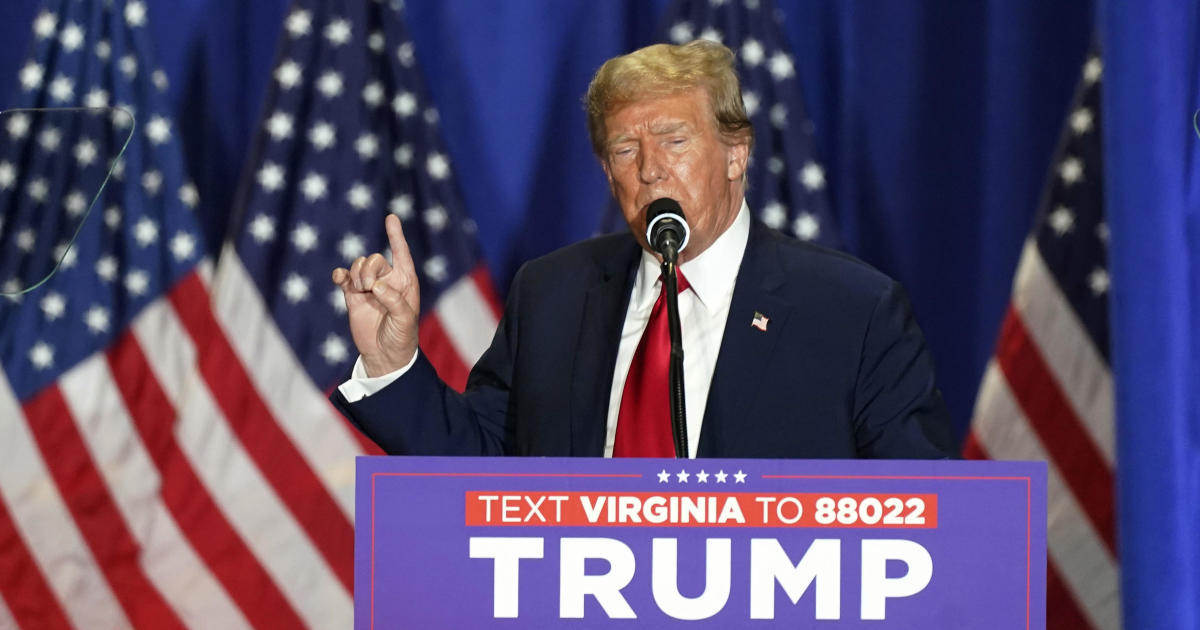Fed To Buy $600B In Bonds To Aid Economy

The Federal Reserve announced a bold plan Wednesday to try to invigorate the economy by buying $600 billion more in Treasury bonds. The Fed said it would buy about $75 billion a month in long-term government bonds through the middle of 2011 to further drive down interest rates on mortgages and other debt.This is in addition to an expected $250 billion to $300 billion in Fed purchases over the same period from reinvesting proceeds from its mortgage portfolio.
The idea is for cheaper loans to get people to spend more and stimulate hiring. The Fed said it will monitor whether adjustments are needed depending on how the economy is performing.
Some worry the Fed action will do little to boost the economy because interest rates are already historically low. Others fear the bond purchases could drive inflation too high over the long term and unleash speculative buying in assets like stocks.
Even analysts who favor the Fed's bond purchases cautioned against expecting them to rescue the sluggish economy
"Bottom line: The plan provides a boost to the economy's growth, but it is not going to solve our problems," said Mark Zandi, chief economist at Moody's Analytics. "Even with the Fed's action, we're going to feel uncomfortable about the economy in the next six to 12 months."
By Zandi's reckoning, even with the Fed's additional aid, the unemployment rate by the end of 2011 will remain 9.6 percent—its current rate. Without it, the rate would be around 9.9 percent, he estimated.
The financial markets had priced in the Fed's move for weeks, and stock indexes didn't move much after the announcement. The Dow Jones industrial average rose about 30 points in mid-afternoon trading.
Treasury prices mainly rose. The big exception was the 30-year bond, which won't benefit as much as shorter-term Treasurys from the bond-buying program. The price of the 30-year bond plunged more than 2 full points. Its yield soared to 4.08 percent from 3.86 percent shortly before the Fed's statement was released. Bond yields rise when their prices fall.
In announcing its action, the Fed said the pace of the economy remains slow. Companies are still reluctant to hire, housing activity is depressed and consumers are increasing their spending only gradually.
Thomas Hoenig, president of the Federal Reserve Bank of Kansas City, dissented for the seventh straight meeting. He says the risks of the Fed's extra stimulus outweigh the potential benefits.
With the economy weak, the Fed is aiming to avoid the kind of economic stagnation and deflation problems that gripped Japan and led to a "lost decade" during the 1990s.
Deflation is a widespread and prolonged drop in prices of goods and services, in wages and in the values of homes and stocks. Deflation makes it harder for people and companies to pay their debts, pushing up home evictions and bankruptcies.
Fed policymakers expressed disappointment that they haven't been able to reduce unemployment and raise inflation to levels in line with a healthy economy. Progress toward those goals has been slow, the Fed acknowledged in its post-meeting statement.
Among the plan's risks is that it will make the weak dollar even weaker and lead to trade disputes with other countries. It could lead bond traders to believe that higher inflation is on the way, and they could derail the Fed's efforts by pushing rates higher.
Some investors argue that it may create bubbles as hedge funds and other speculators borrow cheaply and make even bigger bets on stocks, commodities and markets in developing countries like Brazil.
The Fed has tried since the 2008 financial crisis to keep credit available to individuals and businesses. It's done so, in part, by keeping the target range for its bank lending rate near zero.
It also pursued the unorthodox strategy of buying long-term bonds. The Fed's purchases are so vast that they push down the rates on those bonds.
In 2009, the Fed bought $1.7 trillion in mortgage and Treasury bonds. Those purchases helped lower long-term rates on home and corporate loans. The program was credited with helping to lift the country out of recession.
Zandi estimated that with the Fed's additional bond purchases, the economy will grow at an annual rate of about 2.7 percent in 2011. Without it, growth would be 2.4 percent, he said. Either way, growth wouldn't be strong enough to make a big dent in unemployment.
Lou Crandall, chief economist at Wrightson ICAP, said the Fed's credibility is at stake. He worries that the Fed's program creates an appearance of buying government bonds and printing money to pay for the bloated federal budget deficits.
"This runs the risk of hurting the Fed's reputation," Crandall said. "This may come back to haunt the Fed."
The Fed's announcement comes one day after voters frustrated by unemployment, scant pay gains and soaring home foreclosures punished Democrats and handed control of the House to Republicans. Democrats kept control of the Senate.
The split will make it harder for President Barack Obama to enact any major economic initiatives. That could put more pressure on the Fed to get the economy back on firmer footing.
Once again, the Fed pledged to hold its key interest rate at a record low near zero for "an extended period." The rate has been at ultra-low levels since December 2008.



